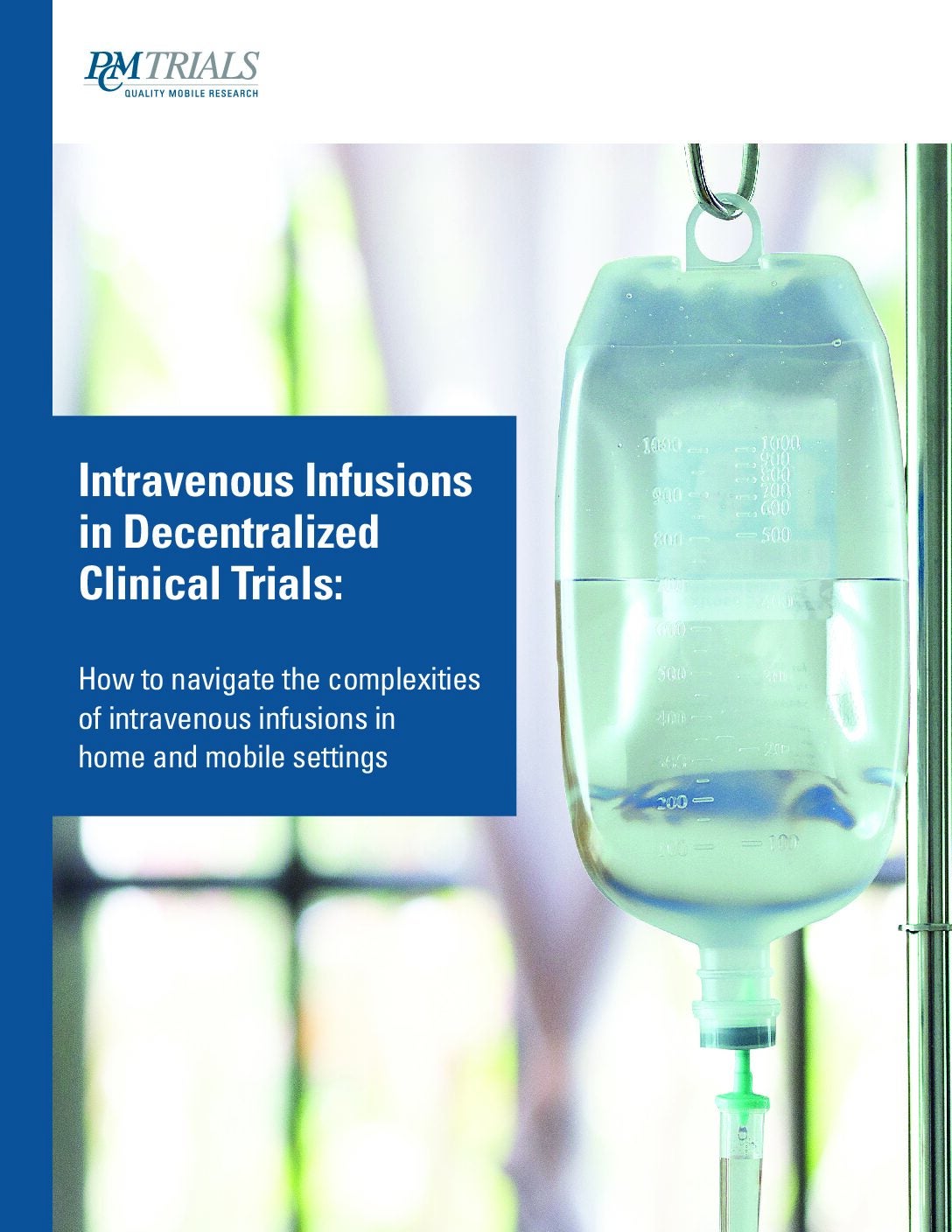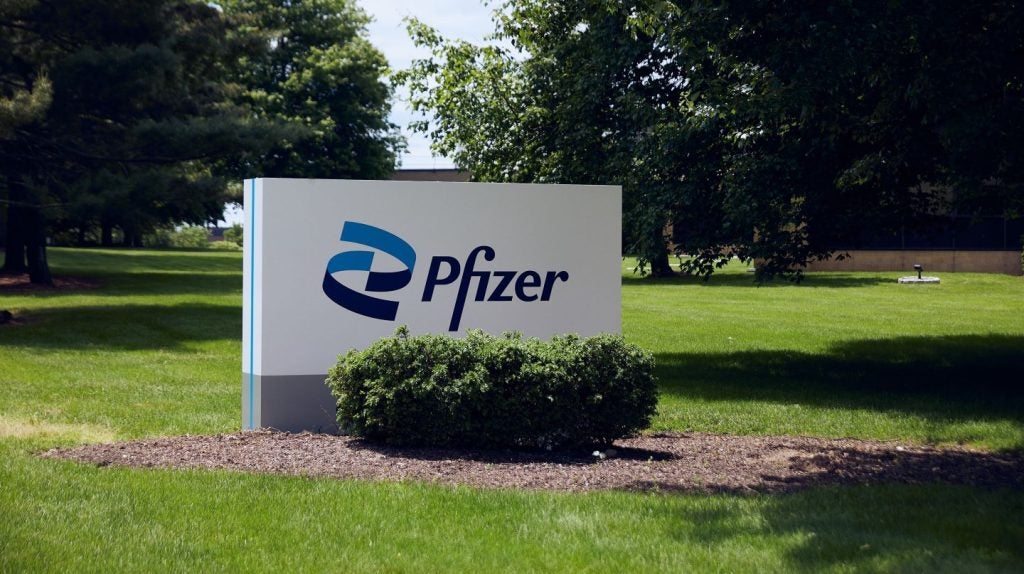

The US Food and Drug Administration (FDA) has announced that Lantidra, a cellular therapy for type 1 diabetes (T1D), has become the first treatment of its kind to be approved.
Lantidra is an allogeneic (donor) pancreatic islet cellular therapy made from deceased donor pancreatic cells. The approval applies to adults with ‘brittle’ T1D – those unable to reach target glycated haemoglobin (average blood glucose levels) due to repeated severe hypoglycaemic episodes, despite intensive diabetes management and education.
T1D accounts for roughly 5%-10% of all diabetes cases. Within this population, an even smaller group, approximately three out of every 1,000 people with T1D, suffer from ‘brittle’ disease.
The therapy works by essentially replacing the body’s insulin-producing beta cells in the pancreas. This is achieved through allogeneic islet beta cells that secrete insulin, administered as a single infusion into the hepatic (liver) portal vein. While this is generally sufficient, an additional infusion may be performed based on patient response.
For some T1D patients, these infused cells produce enough insulin to completely eliminate the need for insulin shots or pumps. Of 30 patients evaluated in two open-label studies, 21 did not need insulin injections for a year or more after the initial infusion. A total of 11 patients managed one to five years without insulin, and a further ten went more than five years without an injection.
Despite the promising results, five participants were unable to go a day without insulin injection. Even in this population, the therapy was still viable, as a more stable background insulin production could make diabetes more manageable by cutting down on fluctuations in blood sugar levels.
How well do you really know your competitors?
Access the most comprehensive Company Profiles on the market, powered by GlobalData. Save hours of research. Gain competitive edge.

Thank you!
Your download email will arrive shortly
Not ready to buy yet? Download a free sample
We are confident about the unique quality of our Company Profiles. However, we want you to make the most beneficial decision for your business, so we offer a free sample that you can download by submitting the below form
By GlobalDataAdverse reactions with Lantidra were notable. Most patients experienced at least one serious adverse reaction to the treatment administered through the hepatic portal vein and the use of immunosuppressants. In some cases, immunosuppressants had to be discontinued, resulting in the loss of islet cell function and rendering the treatment obsolete.
Despite the treatment potential, islet and pancreas transplantation experts have argued against such approvals as part of Islets for the US. While the group recognises the effectiveness of such a therapy, they slam what they believe to be “outdated” regulations around the treatment.
As the cells come from deceased donors, they argue that the FDA should treat islet transplantation as an organ transplant rather than a drug, as other regulatory bodies already have. In a 2021 paper, the group claimed that “final islet product sterility and potency cannot be confirmed” under the current regulations and that the lengthy biologics licence application process had hindered research in the area.
But developments elsewhere in the industry could render this a moot point. In a $75m deal, Novo Nordisk recently joined forces with Aspect Biosystems to develop 3D-printed beta cells that circumvented the need for a donor.
Cell & Gene Therapy coverage on Pharmaceutical Technology is supported by Cytiva.
Editorial content is independently produced and follows the highest standards of journalistic integrity. Topic sponsors are not involved in the creation of editorial content.








